O

Audio
Listen to an audio version of this page (3 min 15 sec):
Object
|
pimâmeyihtam |
|
Definition: It is a thing, person, or matter to which thought or action is directed [6].
Odd
|
mitoni pahtos |
|
Definition: In mathematics, the odd numbers are not divisible by two.
Odd numbers
|
ayacināwan |
|
Definition: They are numbers not divisible by two. Examples of odd numbers are one, three, five, and so on.
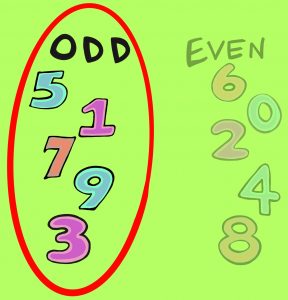
One
|
peyak |
|
Definition: It is the lowest counting number.
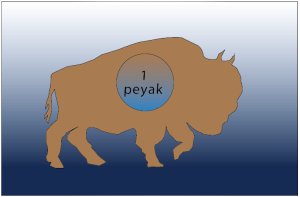
Ones
|
papiyako |
|
Definition: The place value located one place to the left of the decimal point in a number is ones. It shows how many ones are in a number [1].
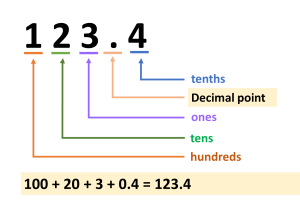
Operation
|
oyȇyhtamȏ akihtȃsȏwin |
|
Definition: In mathematics, it is a procedure used to combine numbers, expressions, or polynomials into a single result [1].
Examples
Four basic operations:
- Addition (+)
- Subtraction (-)
- Multiplication (×)
- Division (÷)
Opposite
|
kwiskitakitew |
|
Definition: It refers to two things located or facing directly across. Two opposite numbers are the two numbers that are equidistant from the origin on a number line but in opposite directions from the origin [4].
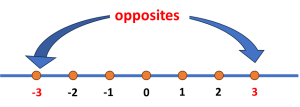
Order
|
îyaskohtascikȇwin |
|
Definition: Place numbers or objects in a sequential arrangement. For example, least to greatest or heaviest to lightest [1].
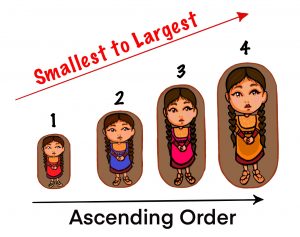
Order of operations
|
oyastewaw akīcikīwina |
|
Definition: A specified sequence in which mathematical operations are expected to be performed [1].
Explantion
An arithmetic expression is evaluated by following these ordered steps:
- Simplify within grouping symbols such as parentheses or brackets, starting with the innermost.
- Apply exponents—powers and roots.
- Perform all multiplications and divisions in order from left to right.
- Perform all additions and subtractions in order from left to right.
A common way to remember this is to use the acronym BEDMAS: Brackets, Exponents, Division, Multiplication, Addition, Subtraction.
Division and multiplication (and addition and subtraction) are to be completed in the order they appear from left to right in the expression or equation [1].
For example,
5 – (2 + 11) × 3 + 52 ÷ 4
= 5 – 13 × 3 + 25 ÷ 4
= 5 – 39 + 6.25
= – 34 + 6.25
= – 27.75
Ordered pairs
|
nāh-nāway |
|
Definition: Two numbers, in order, that are used to describe the location of a point on a coordinate plane, relative to a point of origin (0,0) [3]. It is written as (x, y). The first number “x” is the horizontal coordinate, and the second number “y” is the vertical coordinate.
Example
The point (2, 6). On a coordinate plane, we move two units to the right of the origin on the horizontal axis (x-axis) and six units up on the vertical axis (y-axis). This point (2, 6) will be placed at the location shown in the figure below.
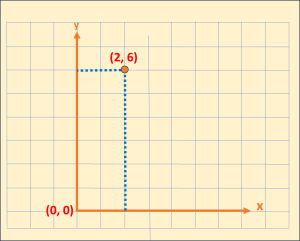
Output
|
ispayow |
|
Definition: In mathematics, output is the variables coming out of a function.
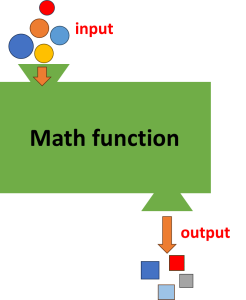
Outside
|
wayawitimihk |
|
Definition: Beyond the boundary of or limits [5].

